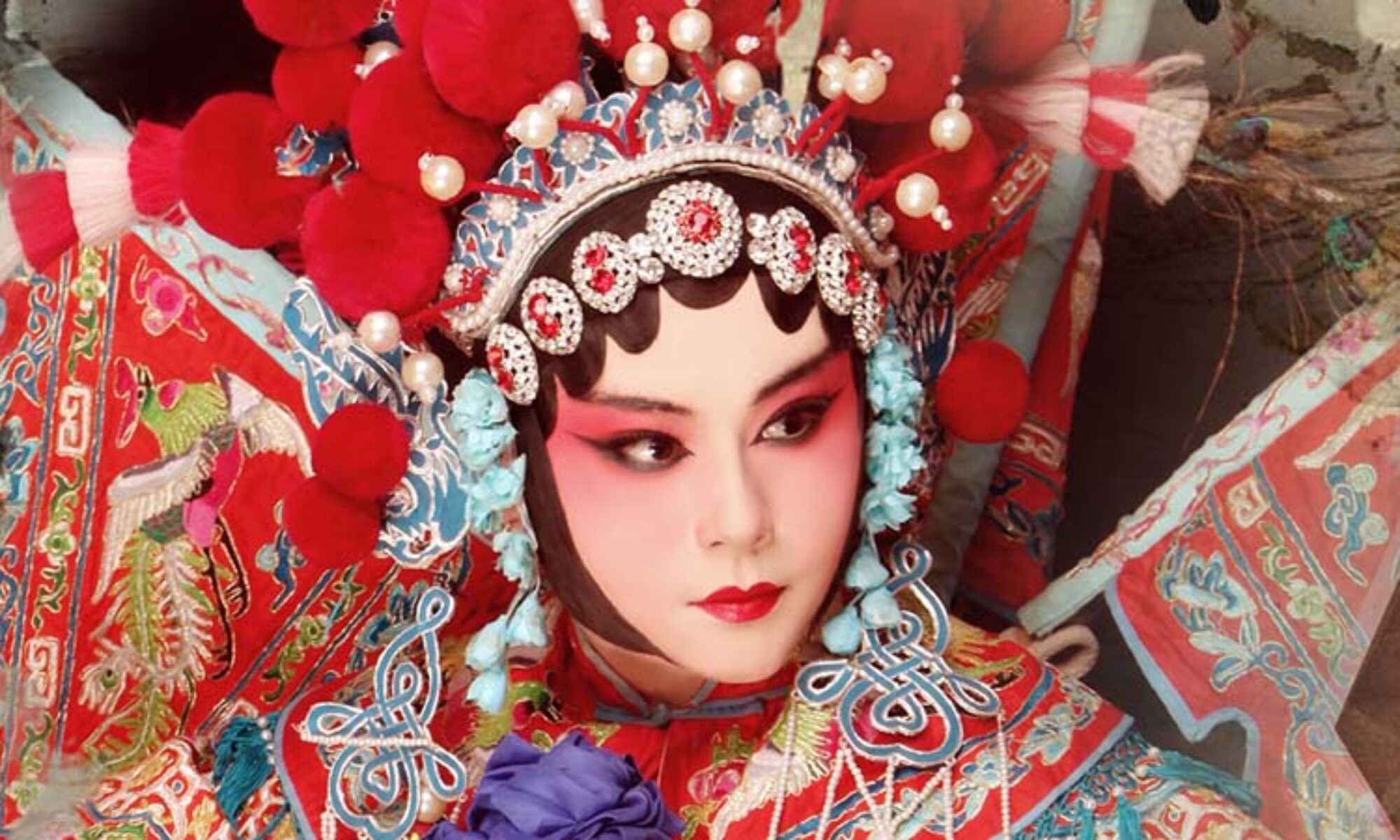
The Enchanting Artistry of Sword Dance: Grace, Power, and Precision
Sword dancing is an exquisite performance art that seamlessly blends the grace of dance with the power and precision of martial arts. This captivating dance style features choreographed routines in which dancers wield swords, demonstrating agility, control and artistry. Kembu has a long history, spanning all cultures and evolving into many different forms, each characterized by its own unique flair. This article delves into the fascinating world of Kembu, exploring its origins, meaning, and the enchanting elements that make Kembu a captivating spectacle.
The roots of sword dance go back centuries. Evidence of its existence is found in various parts of the world. Although its exact origins are often debated, kenbu is believed to have originated independently in multiple cultures, each of which embodies its own traditions and symbolism. From the mesmerizing movements of the Chinese Jianmu to the intricate movements of Scottish Highland dance, the essence of sword dance remains unchanged, a fusion of martial arts and artistic expression.
Kembu is a true testament to the performer’s artistry and skill. Dancers meticulously choreograph their performances, combining fluidity, power and precise footwork to create a mesmerizing spectacle. Each movement is carefully executed, showing not only the dancer’s physical agility but also their emotional depth and connection to the sword. The graceful and precise movements of the sword and the graceful gestures of the performers create a mesmerizing visual spectacle.
In many cultures, sword dances have deep symbolic meaning. Often it embodies courage, honor, and mastery of the weapon. Dances may also represent mythological or historical events, or celebrate the bravery of warriors. The sword itself becomes a symbolic extension of the dancer’s body, representing strength, protection, and the ability to overcome challenges. Through the art of Kembu, dancers pay homage to cultural heritage and strive to keep old traditions alive.
Mastering the sword dance requires years of dedicated training. Dancers need to develop strength, flexibility, agility and refine their technique to execute movements with precision. Training often includes martial arts exercises to improve coordination, concentration and control. The ability to wield the sword with grace and precision is achieved through countless exercises that strengthen both physical and mental discipline. Kembu has deep historical roots, but continues to evolve and thrive in modern times. It is performed in various scenes such as cultural festivals, plays, and competitions. Modern interpretations can incorporate different dance styles, musical genres, and innovative choreographic elements to give new life to this ancient art form. With its timeless appeal and ability to captivate audiences, sword dance remains a popular and cherished tradition around the world.
A captivating fusion of martial arts and dance, sword dancing showcases the skill, strength and precision of the performers. Its rich historical and cultural significance lends depth and meaning to each movement. As audiences watch in awe, they are drawn into a world where grace, strength and artistry intertwine to create a captivating experience. Drawing on the spirit of ancient traditions and celebrating the limitless creativity of human expression, the sword dance continues to inspire and captivate.
